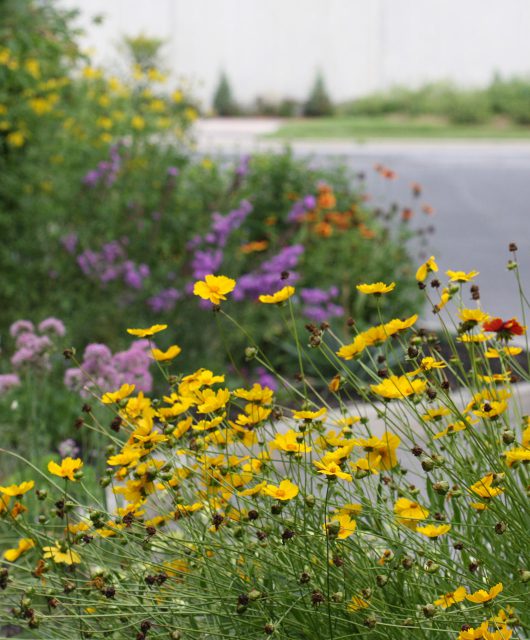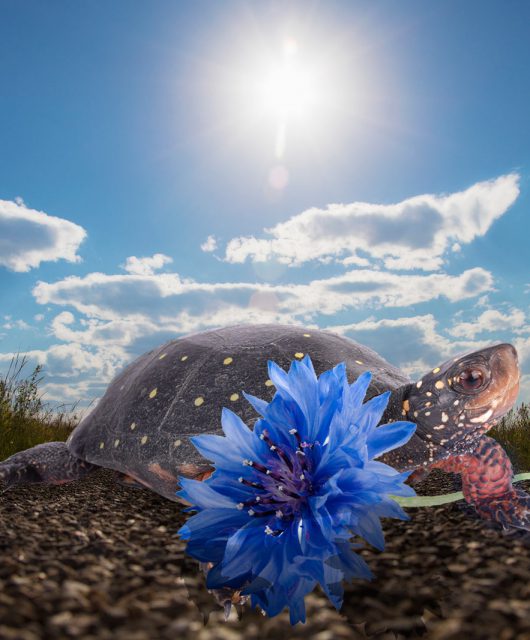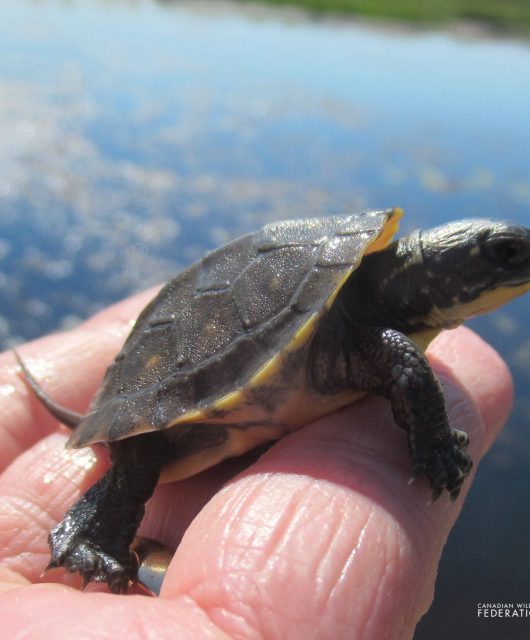With funding from DFO’s Recreational Fisheries Conservation Partnerships Program, shoreline property owners involved in the Love Your Lake program have been naturalizing, or re-planting, their shorelines with native plants. Love Your Lake is a joint program between CWF and Watersheds Canada.
Improving the health of shorelines improves the health of lakes. Healthy shorelines help to maintain water quality, prevent soil erosion, reduce flooding and provide important wildlife habitat. Check out the results of a few of our improved shorelines!
Participants on Lower Beverly Lake were very happy to naturalize their shoreline. They wanted to make it more attractive and easy to maintain. With a planting plan finalized, the Love Your Lake team set to work and I think the pictures below show what a great success it is!
A family on Horseshoe Lake believe in re-introducing natural habitat and preserving their shoreline. They were an obvious match for this program! Faced with a bit of erosion and wetland loss, this was something they wanted to remedy. With their shoreline now planted with many native trees and shrubs I think it’s safe to say that their shoreline is a lot more naturalized!
We also caught up with a participant on Graham Lake just over a year since his shoreline plantings were done. Concerned about lake quality and facing some erosion issues, this shoreline property owner wanted to protect his lake, not only for himself but for wildlife too! And I think he’s done just that! He now sees muskrats, frogs, turtles, mink, chipmunks, herons, loons and many other birds and he plans on planting more native plants to continue improving the health of his shoreline.
Loughborough Lake has another example of someone who had some erosion issues. With just over 70 plants planted, they are now seeing more butterflies and hearing more frogs . They are definitely happy with their results!
And lastly, we have a resident on Lower Beverly Lake. They were already in the process of naturalizing their shoreline but with the help of this program they now have 80 new native plants to naturalize their shoreline further.










